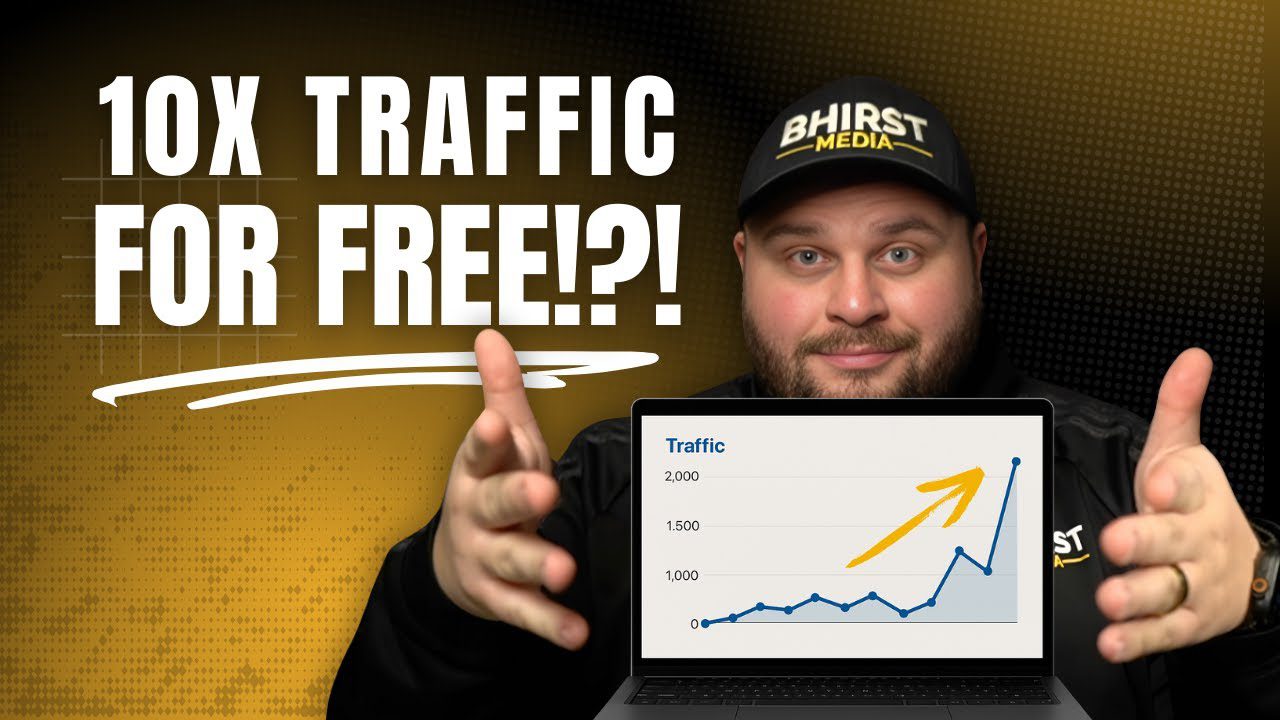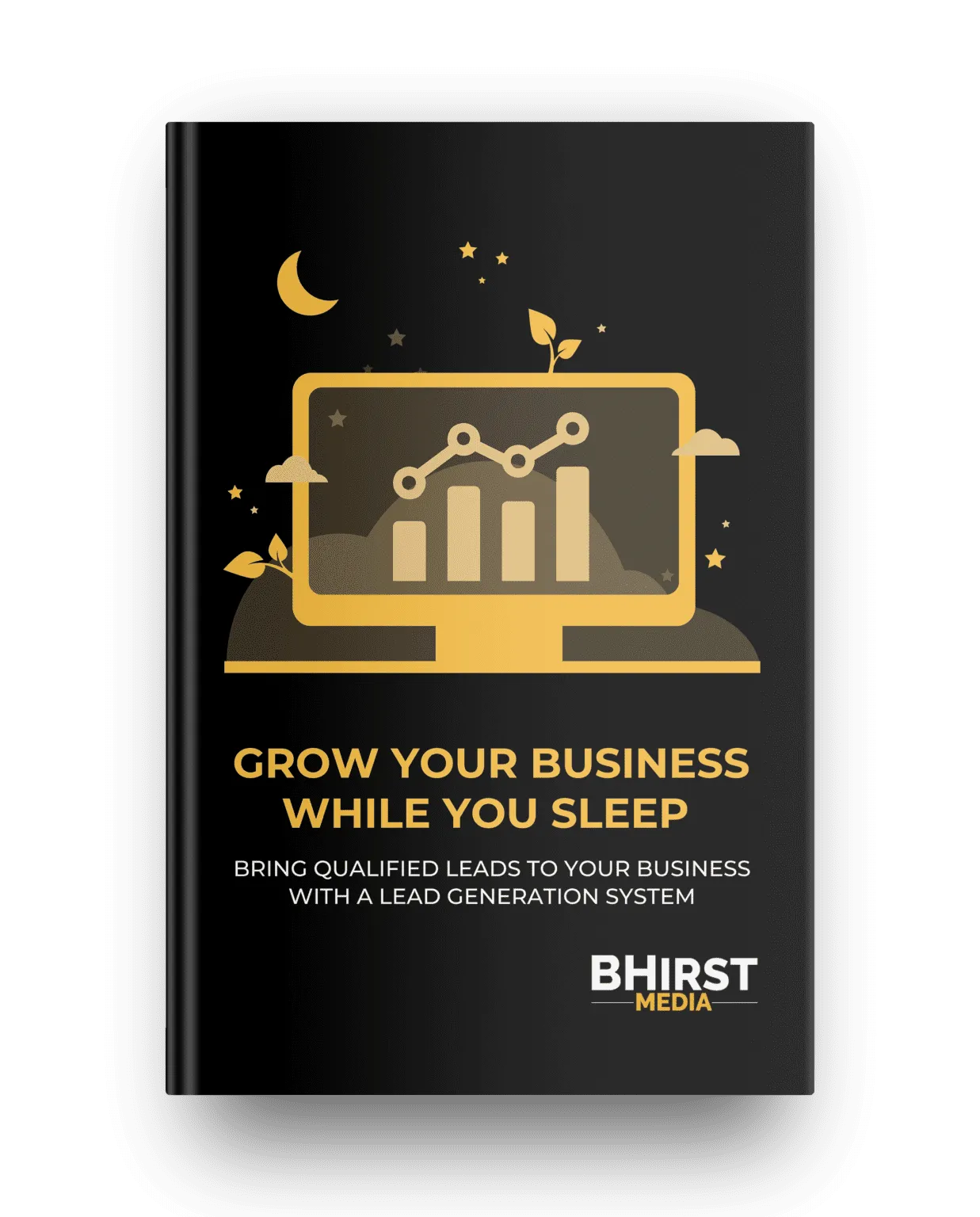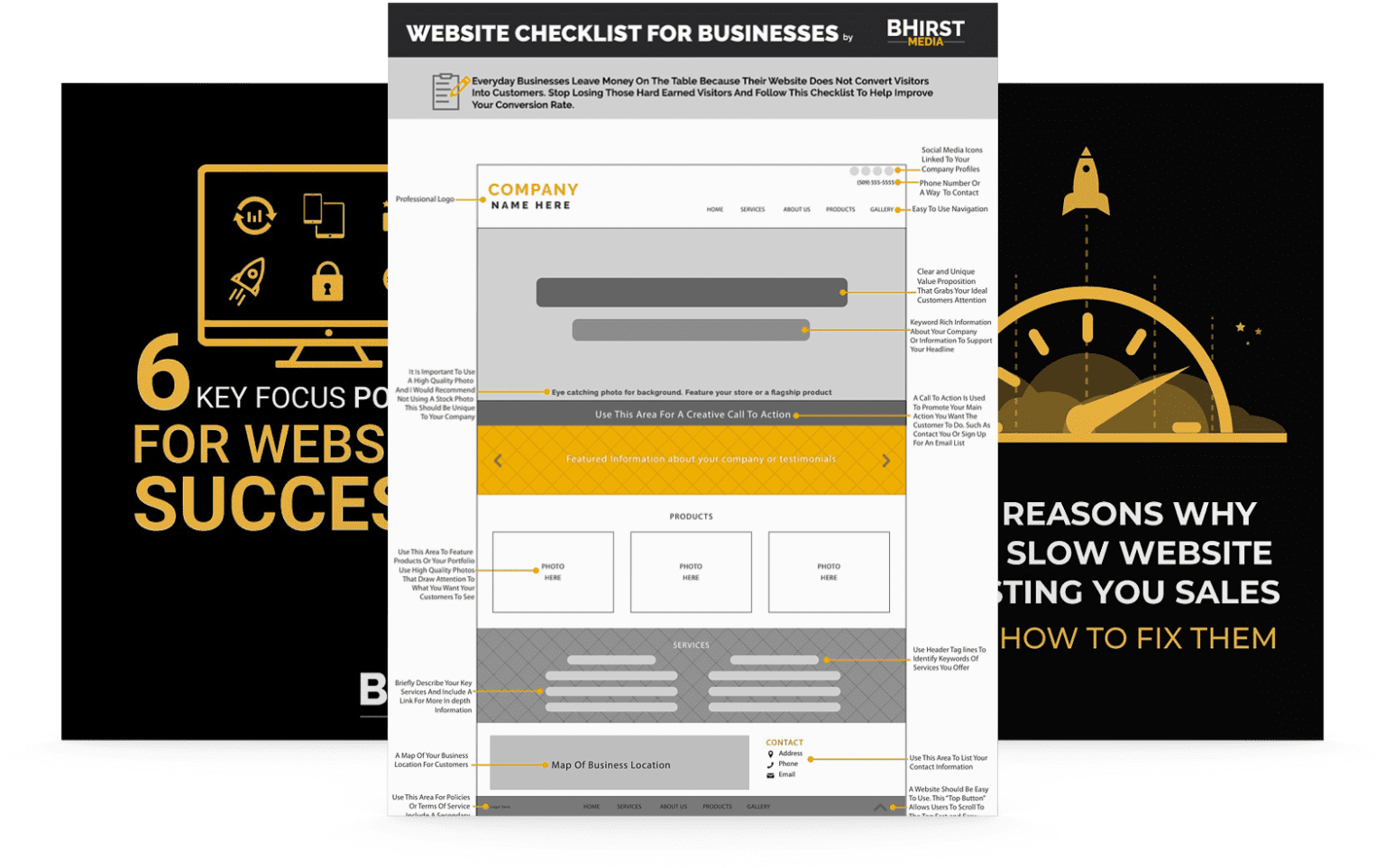
Driving website traffic without spending money is attainable with the right approach. Below are key free strategies that leverage modern tactics, multimedia innovation, and proven methods to help boost your online visibility quickly.
By combining these proven techniques, you can effectively generate website traffic without incurring costs, enhancing your online presence and expanding your business audience. Let’s dive deeper into each strategy in the sections ahead.
Ever felt like you’re shouting into the digital void, hoping someone hears your brand’s message?
You’re not alone. Every business owner seeks more visibility online but without the exorbitant costs of paid advertising. Driving website traffic without spending money is not a myth—it’s a proven, attainable goal with the right strategies.
Crafting an online presence that captivates audiences, maximizes reach, and expands your visibility can be achieved for free. In the sections ahead, let’s dive deeper into the most effective tactics for driving website traffic for free.
Social media platforms serve as a vital tool to “drive website traffic free” due to their enormous user base and the ability to interact with potential visitors directly. Engaging with your audience on these channels can not only increase your visibility but also foster organic growth from genuine interest. Consider social media not just as a megaphone to shout about your website, but as a place to build community, share valuable content, and directly guide users to your site.
Platforms like Instagram, X, and LinkedIn each offer unique opportunities to connect with different demographics. For instance, LinkedIn is excellent for reaching professionals and B2B audiences, while Instagram shines for B2C with its visual content capabilities. To leverage these platforms effectively, it’s crucial to understand how each can uniquely drive traffic. Here are some platform-specific tactics you can implement:
These tactics provide a foundation, but consistency and engagement are key. Ensure you’re not only posting but also responding to comments, participating in discussions, and sharing user-generated content to foster a community around your brand. This interaction can naturally lead to increased website traffic as your audience becomes more engaged with your brand. For example, a local bakery might use Instagram to showcase daily specials, engage with customer photos, and run polls about new flavors, driving traffic to their website where customers can place orders or view the full menu.

Social media is just one avenue to explore. Content is king in digital marketing, but maximizing its reach often involves repurposing. This strategy isn’t just about recycling content; it’s about transforming it to fit different media formats, which can help “generate traffic without spending money.” Content repurposing broadens the accessibility of your information, allowing you to reach different segments of your audience in ways they prefer.
For example, a blog post about industry trends can be transformed into various formats:
Consider how these strategies apply across various industries. A financial firm could transform a whitepaper on investment strategies into a series of infographics and short videos for different social platforms. A healthcare provider might convert a detailed article on wellness into a podcast series featuring interviews with medical experts. By repurposing content, you’re essentially creating multiple entry points for your audience to discover your brand, which naturally improves ways to increase website traffic. This method also helps in covering more ground in your marketing efforts, as different pieces of content can link back to your main hub on your website.
Achieving a broader reach is possible not only through owned content but also through collaboration. The power of partnerships in driving website traffic can’t be underestimated. Collaborating with others in your space can lead to significant traffic gains without the need for paid advertising. When thinking about “free traffic strategies,” forming strategic partnerships should be on your radar.
When you work with other businesses, bloggers, or influencers, you tap into their audience, which often results in an exchange of traffic. Here are some practical steps to identify and engage potential partners:
For instance, a SaaS company specializing in project management tools might partner with a marketing agency. The SaaS company could offer a free trial to the agency’s clients, while the agency could create content showcasing how the tool streamlines marketing workflows. This offers value to both parties’ audiences, increasing traffic and brand awareness. Partnerships are like opening doors; they provide pathways for traffic to flow between sites. By working together, you not only expand your reach but also create a synergistic effect where both brands grow, often exponentially.
While partnerships expand reach, direct engagement through email remains crucial. Email marketing remains one of the most potent tools to “generate traffic without spending money,” especially when paired with strategic lead magnets. A lead magnet is essentially an incentive—a piece of content or service offered in exchange for a user’s email address. This not only builds your email list but also creates a direct line of communication with potential customers.
Begin by crafting a compelling lead magnet:
Consider a real-world application: An e-commerce store selling eco-friendly cleaning products might offer a free guide on “10 Simple Steps to a Sustainable Home” in exchange for an email address. This attracts environmentally conscious consumers who are likely interested in their products.
Once you’ve captured email addresses, your list becomes a goldmine for driving traffic. Here’s how:
A consultant could segment their email list based on industry (healthcare, finance, education) and send tailored case studies or industry-specific insights to each segment, significantly increasing engagement. By using email marketing to deliver valuable content directly to your subscribers, you’re effectively “driving website traffic free” while building a relationship with your audience, creating repeat visitors, and potentially, customers.

Beyond direct channels, indirect methods like guest appearances can also drive traffic. Expanding your reach through “free traffic strategies” like guest podcast appearances or guest blogging can be incredibly effective. These platforms allow you to tap into audiences that might not yet be familiar with your brand, serving as an introduction to your site.
When you guest on a podcast or write a guest post:
For example, a cybersecurity expert could guest on a business podcast to discuss common security threats for small businesses, mentioning their company’s free cybersecurity checklist available on their website. Similarly, a marketing professional could contribute a guest post to a leading industry blog, sharing actionable tips and linking back to their site for more in-depth guides. By standing out on podcasts or blogs, you’re positioning yourself as an expert or interesting personality, both of which can drive website traffic free. These platforms provide a stage where your voice can be heard by an entirely new audience, potentially converting casual listeners or readers into regular visitors to your site.
Driving website traffic for free is not only possible but also achievable with the strategic application of proven techniques. From leveraging the power of social media and repurposing content to forming valuable partnerships and optimizing email marketing campaigns, these methods ensure your online presence thrives without a hefty advertising budget.
Looking ahead, businesses that prioritize adaptability and creative problem-solving will excel in an increasingly competitive digital landscape. Whether through personalized customer experiences, community-led initiatives, or innovative content formats, the real challenge lies in continuously refining your strategies to stay ahead. The online landscape shifts constantly, so the question isn’t just if you can implement these free traffic methods but how effectively you can evolve them to maintain a competitive edge and foster sustainable growth.
